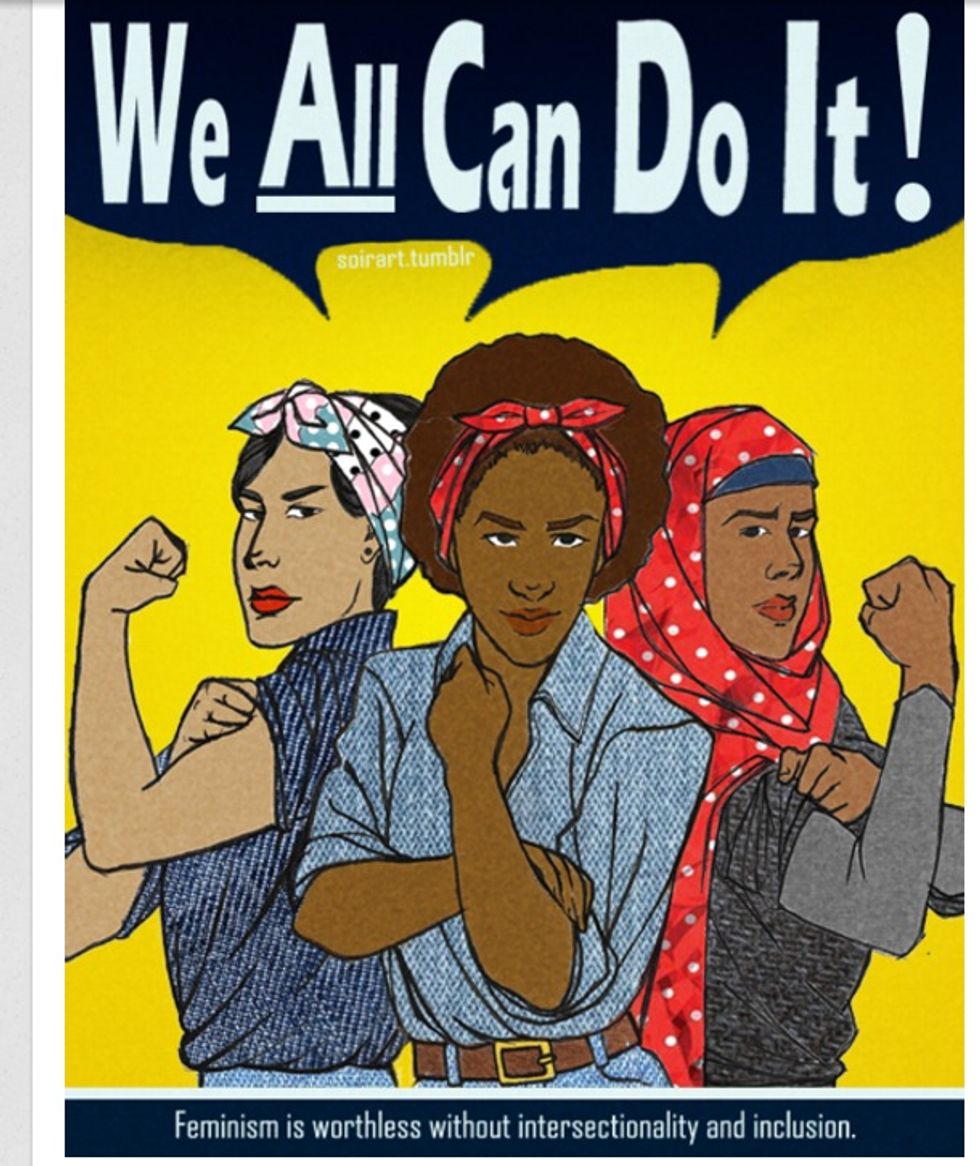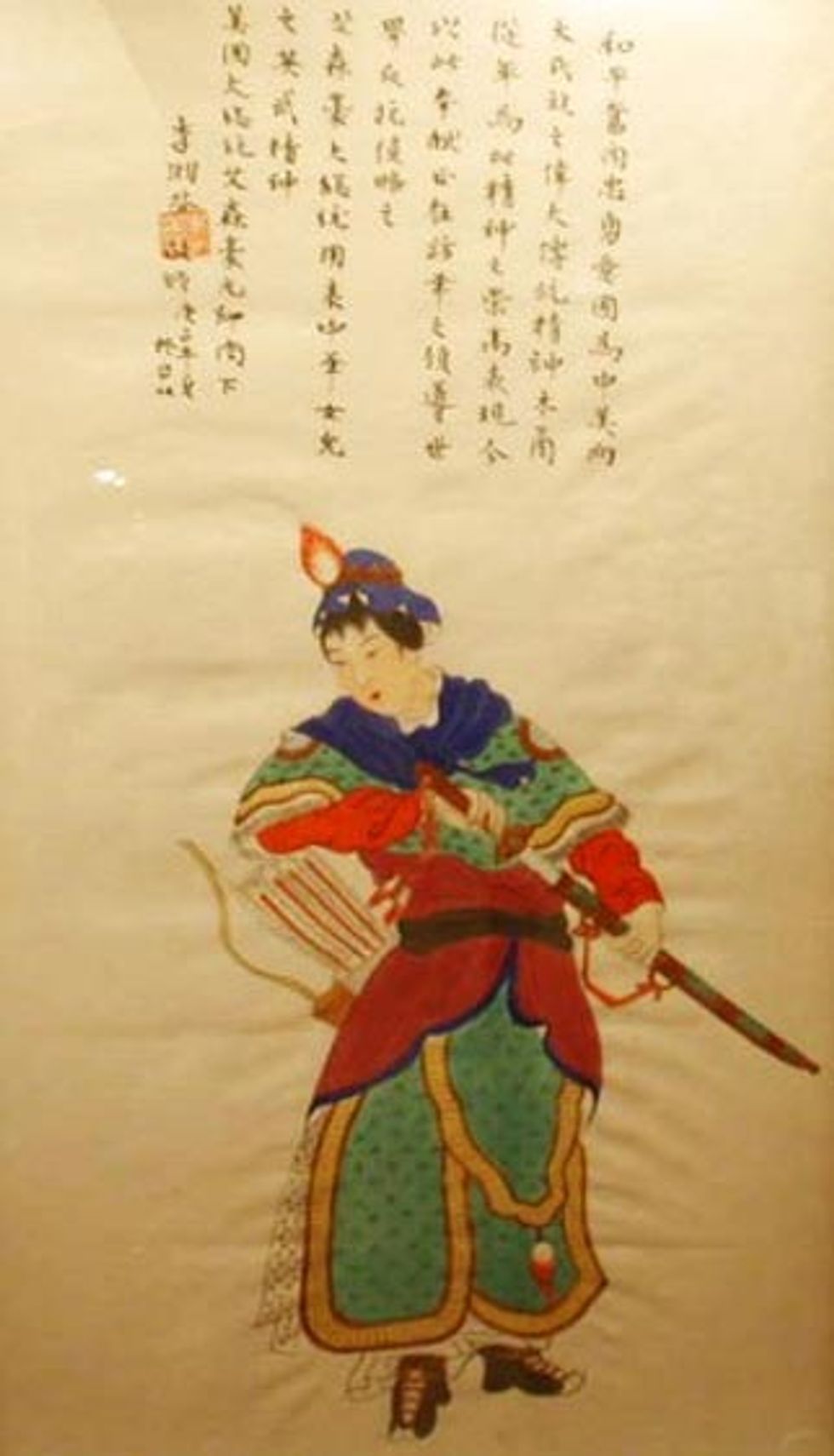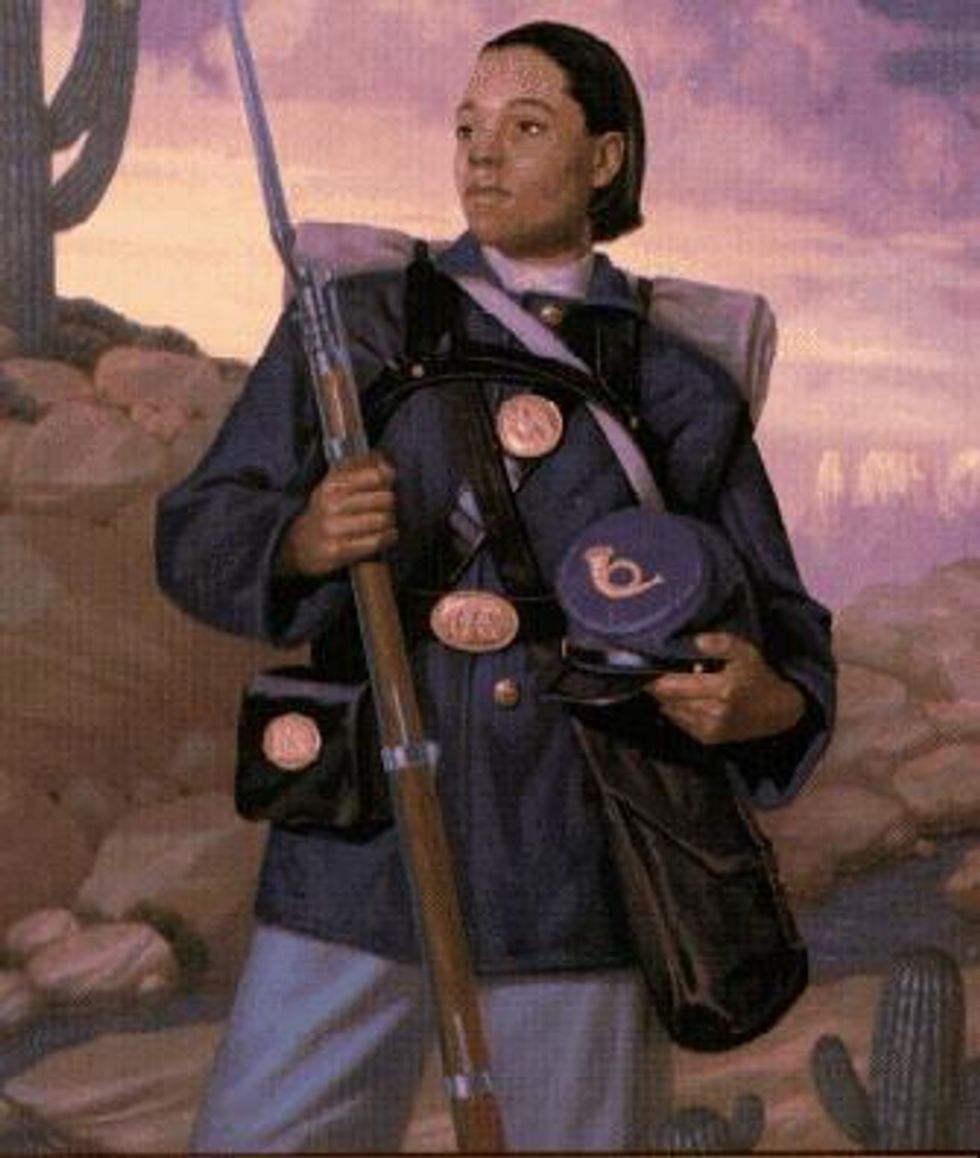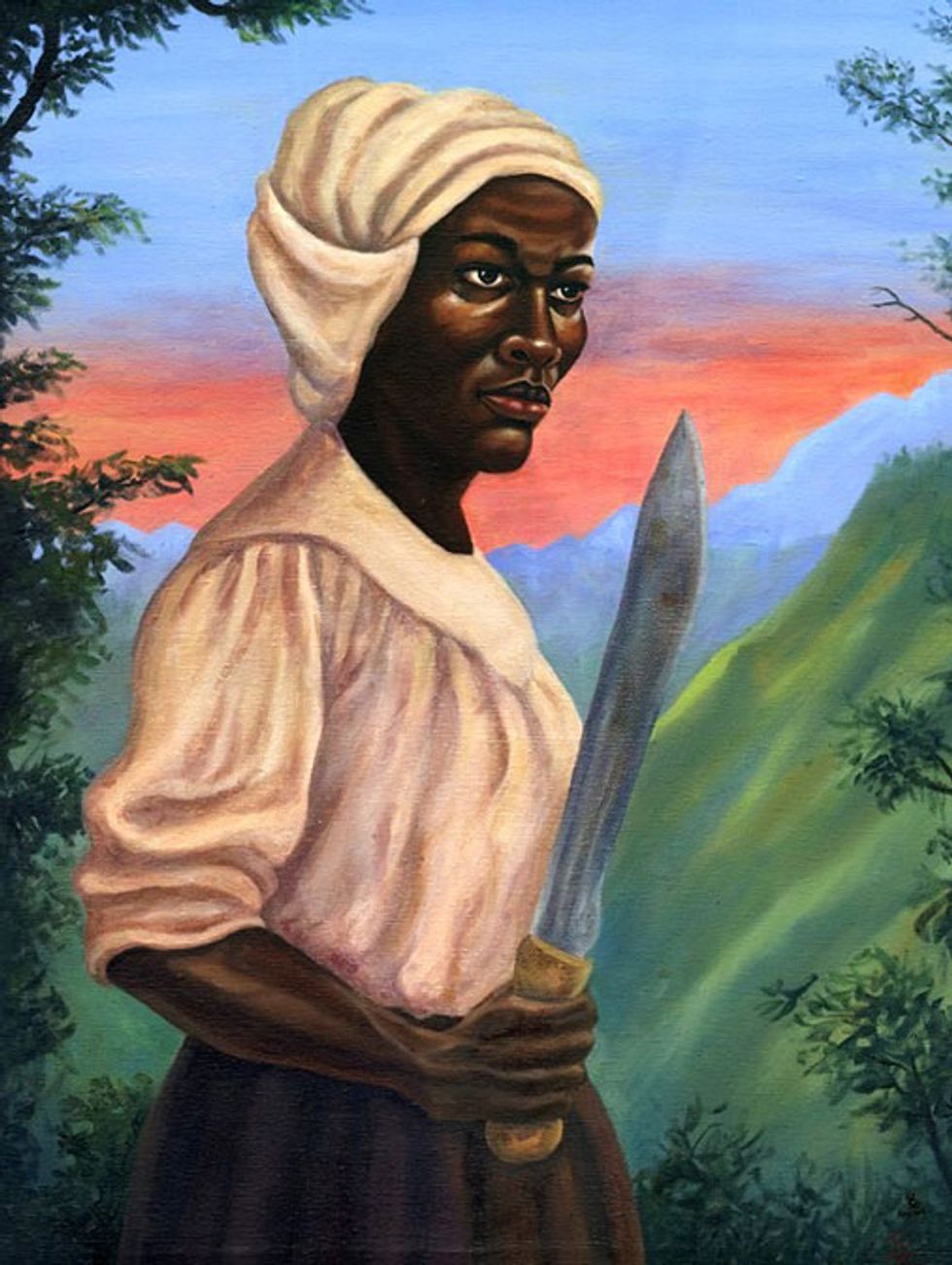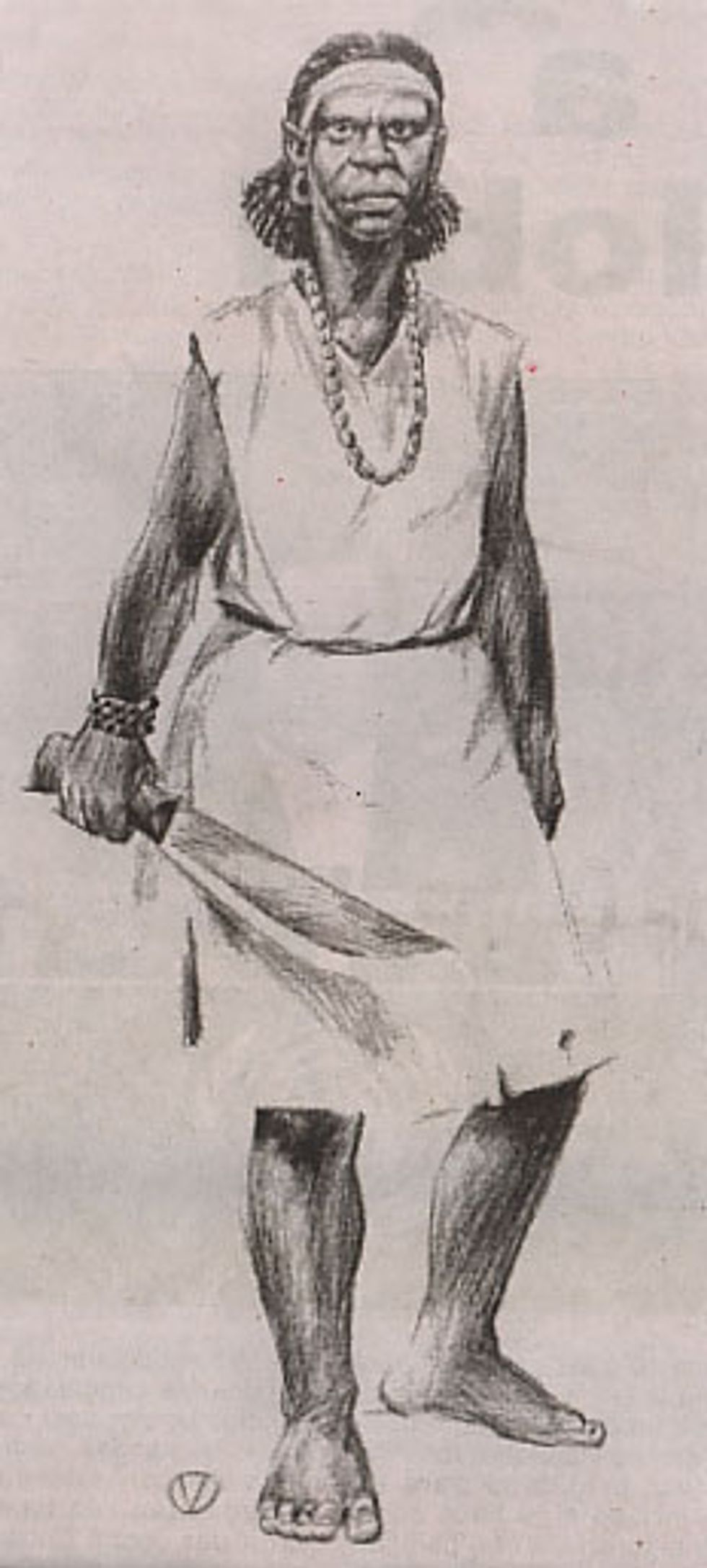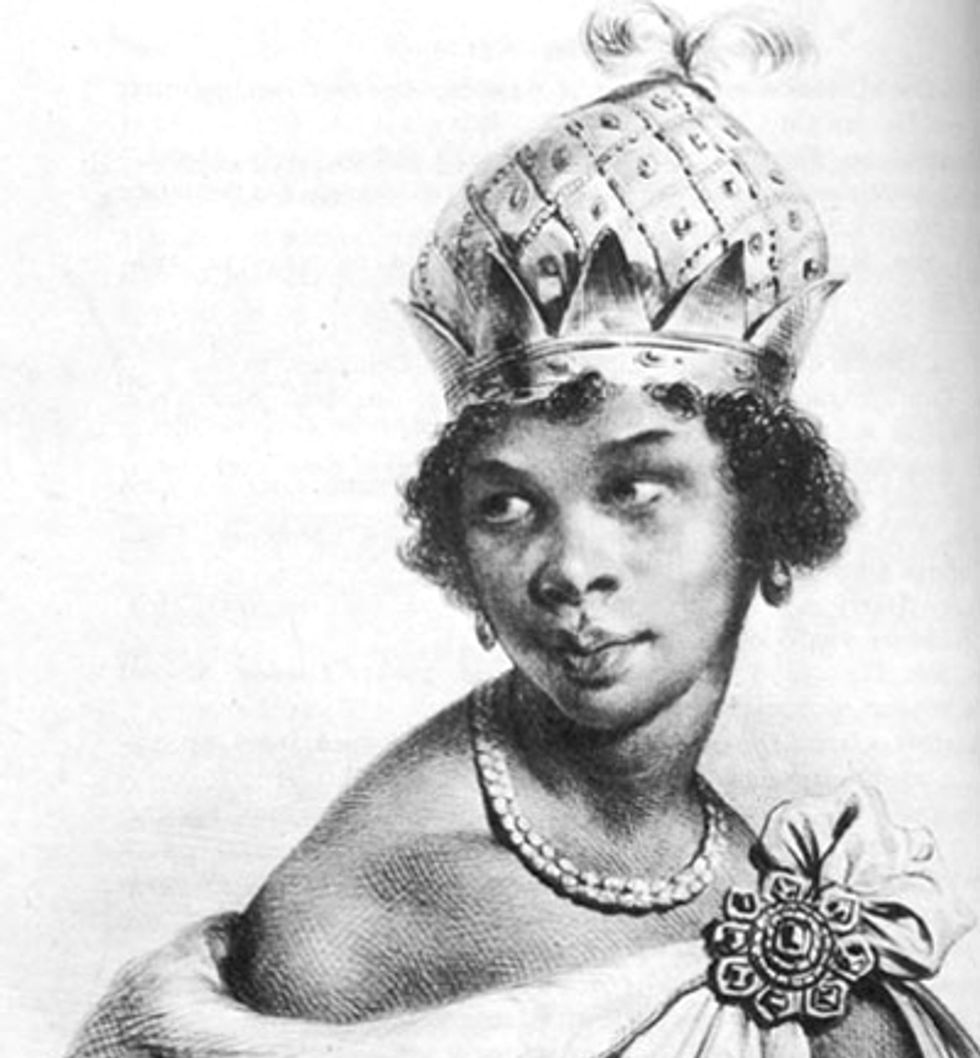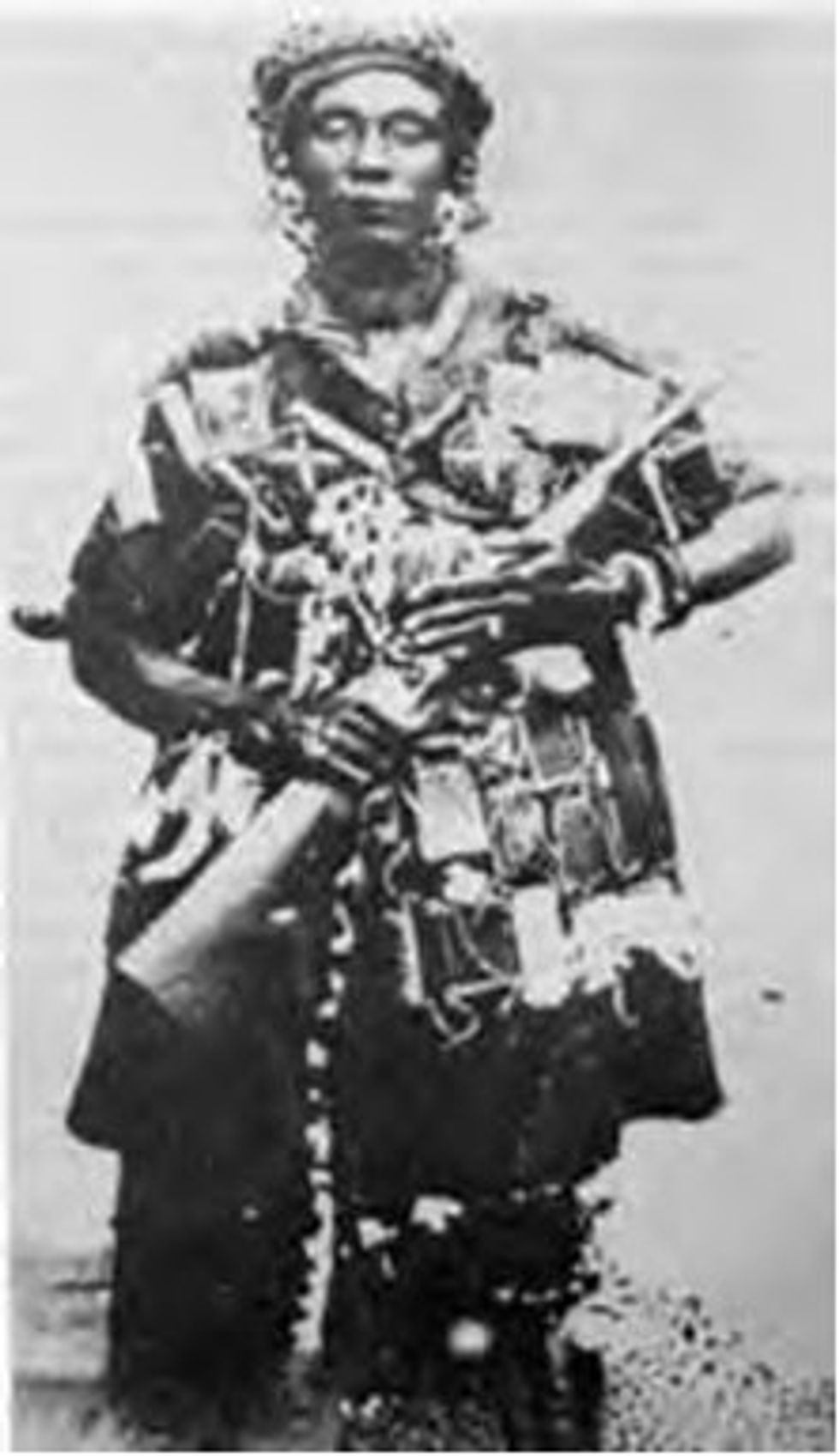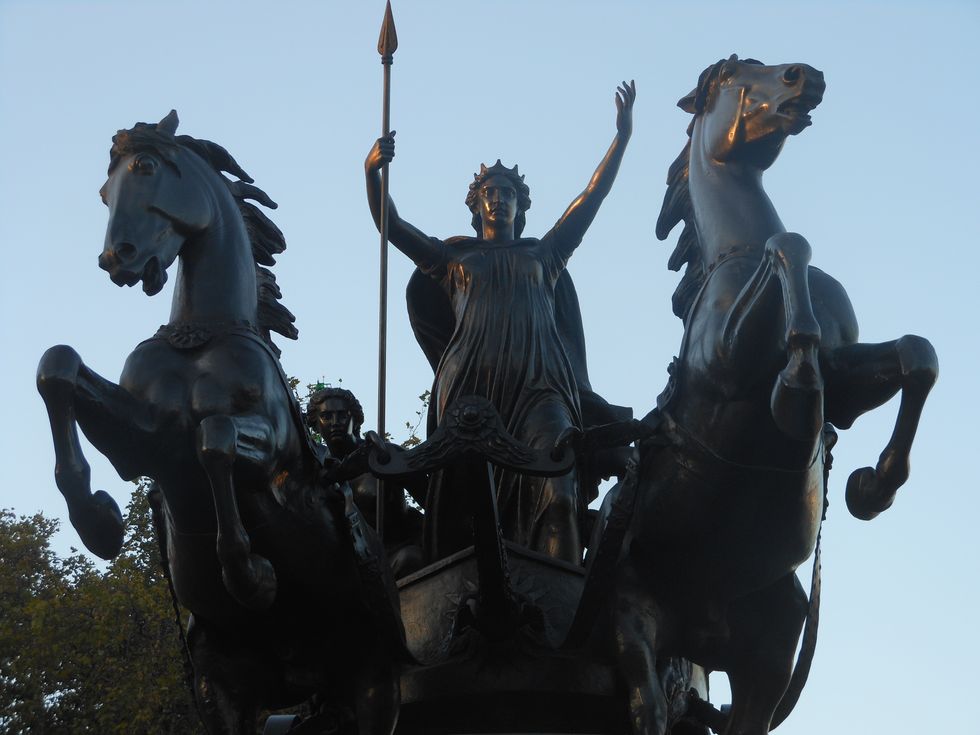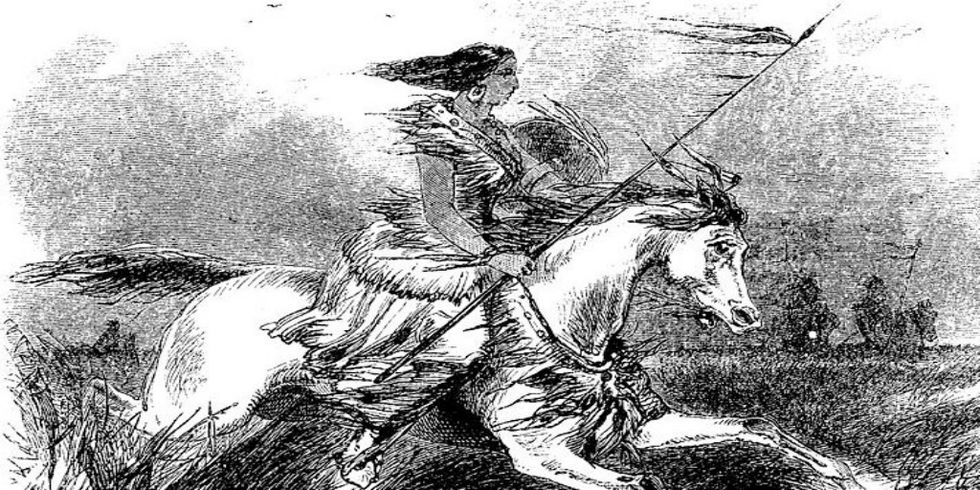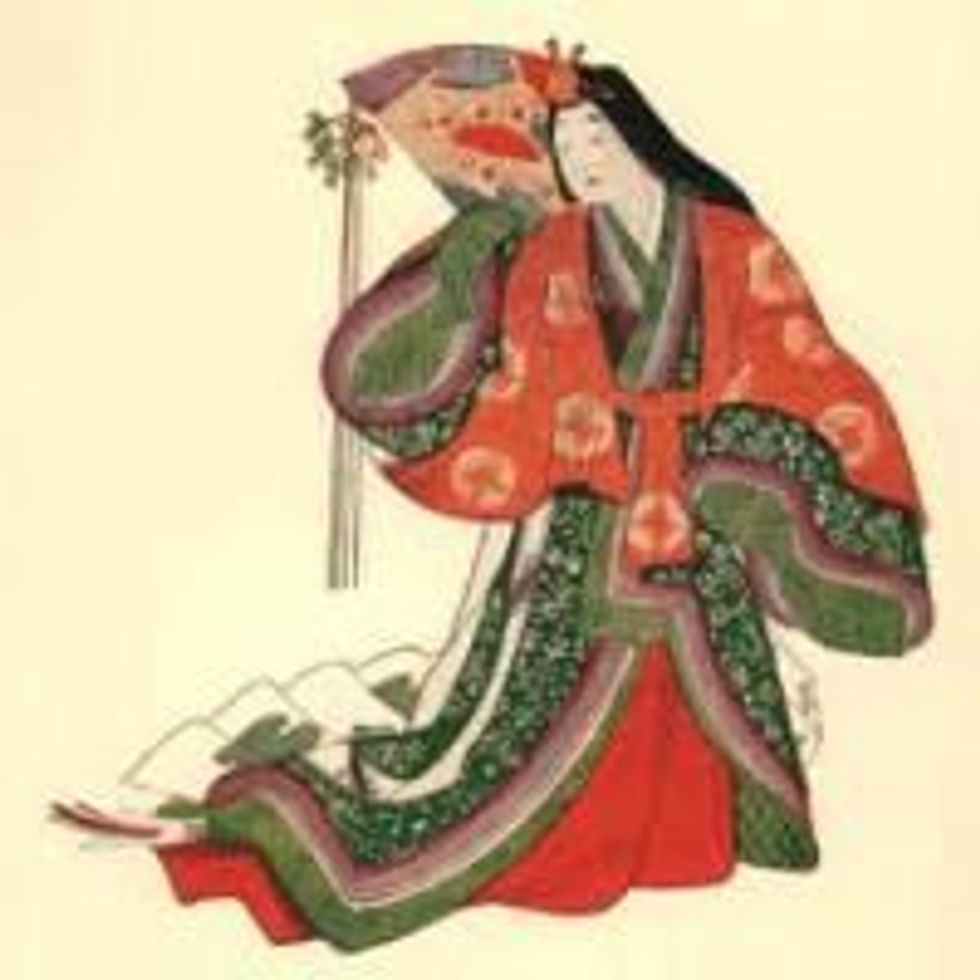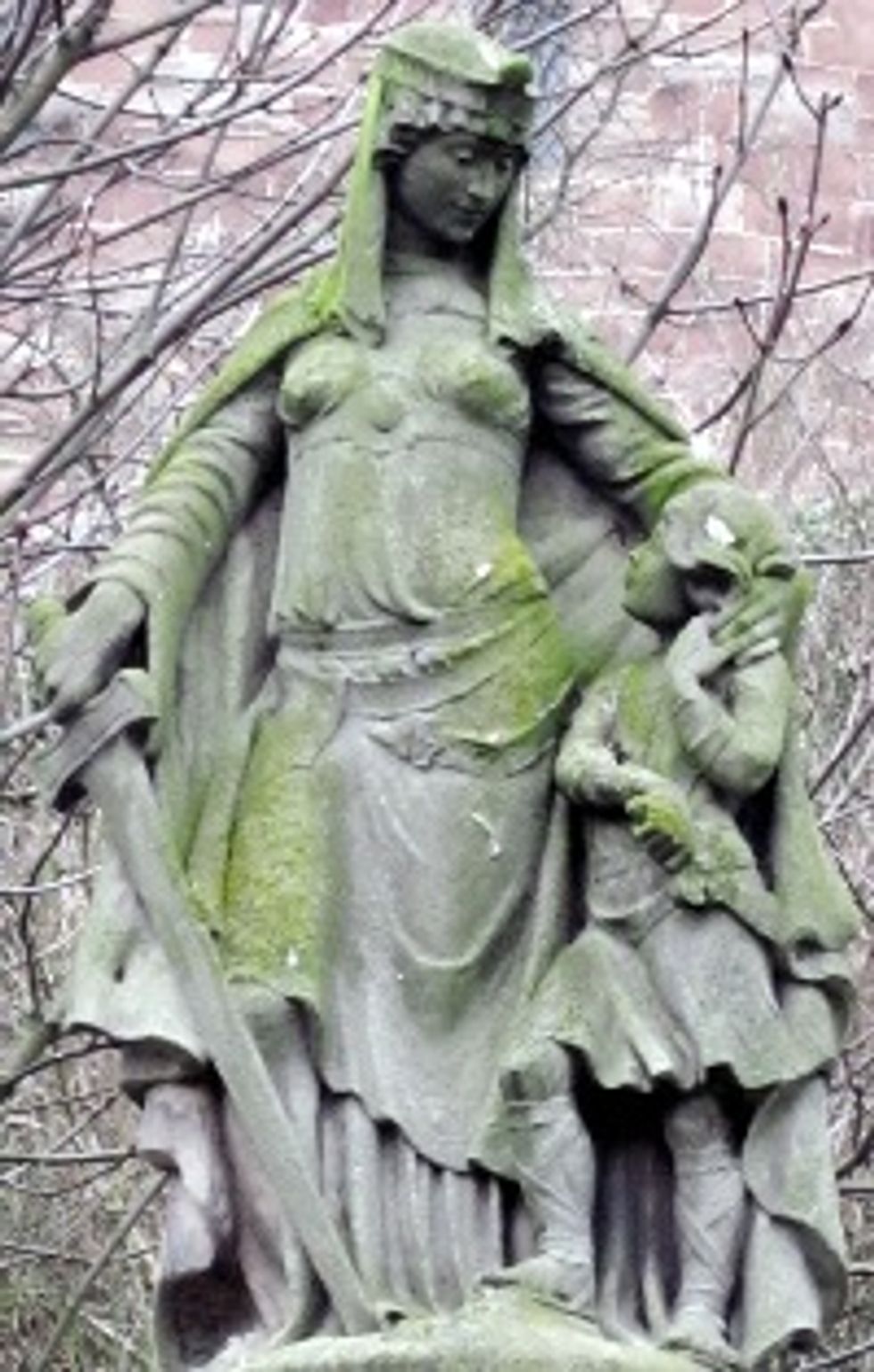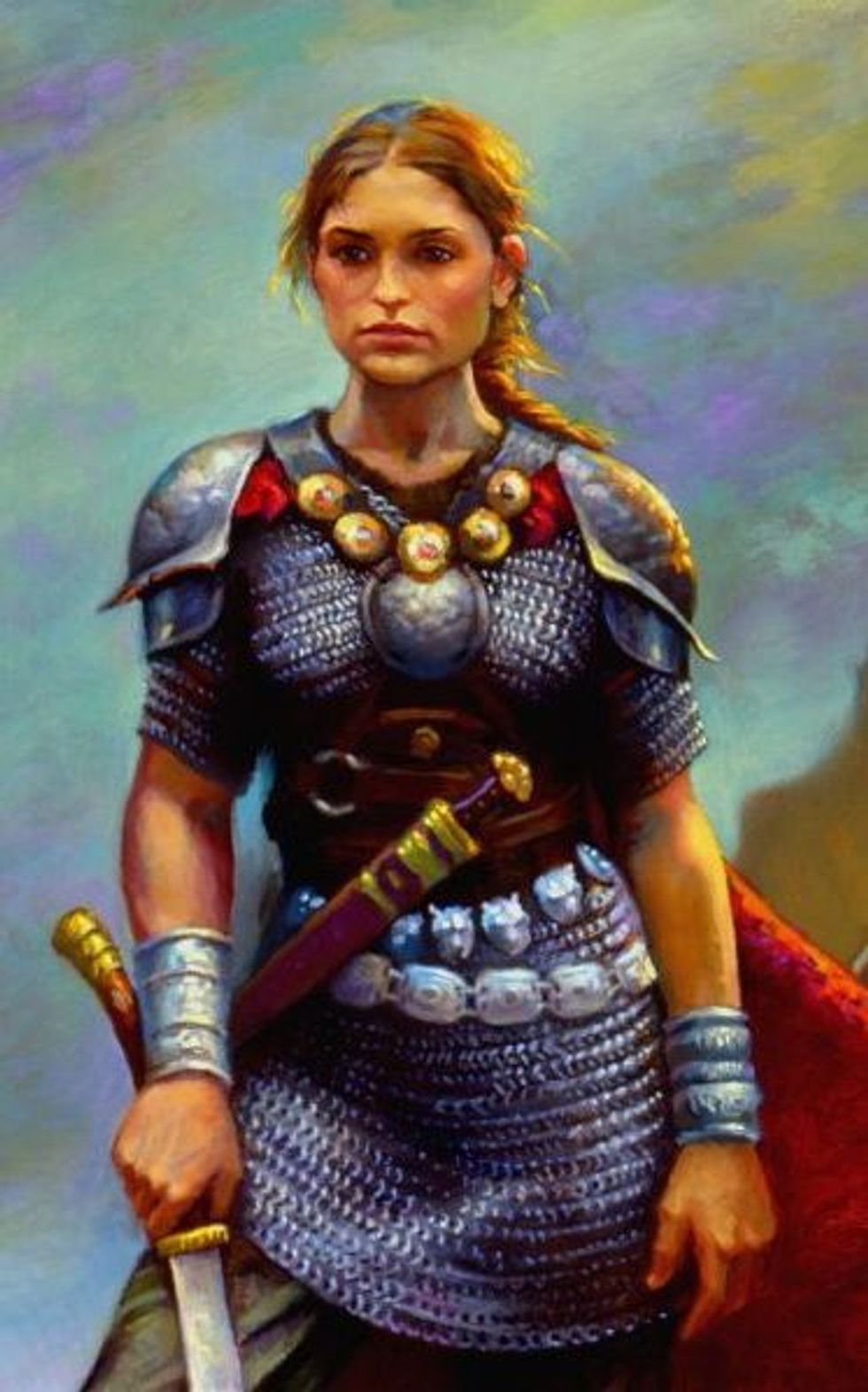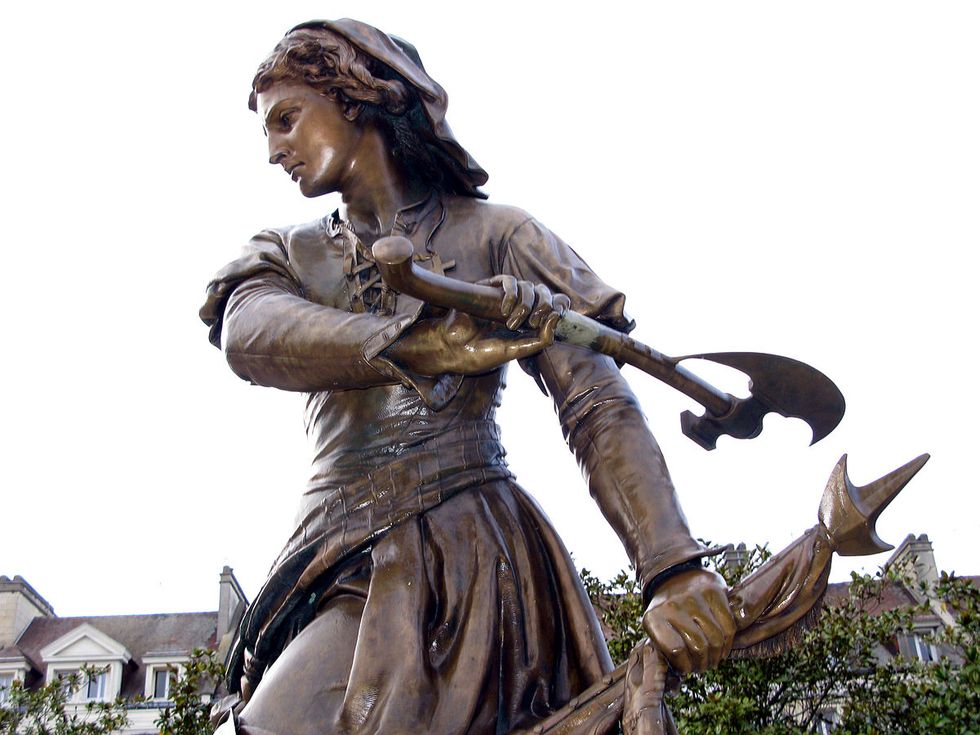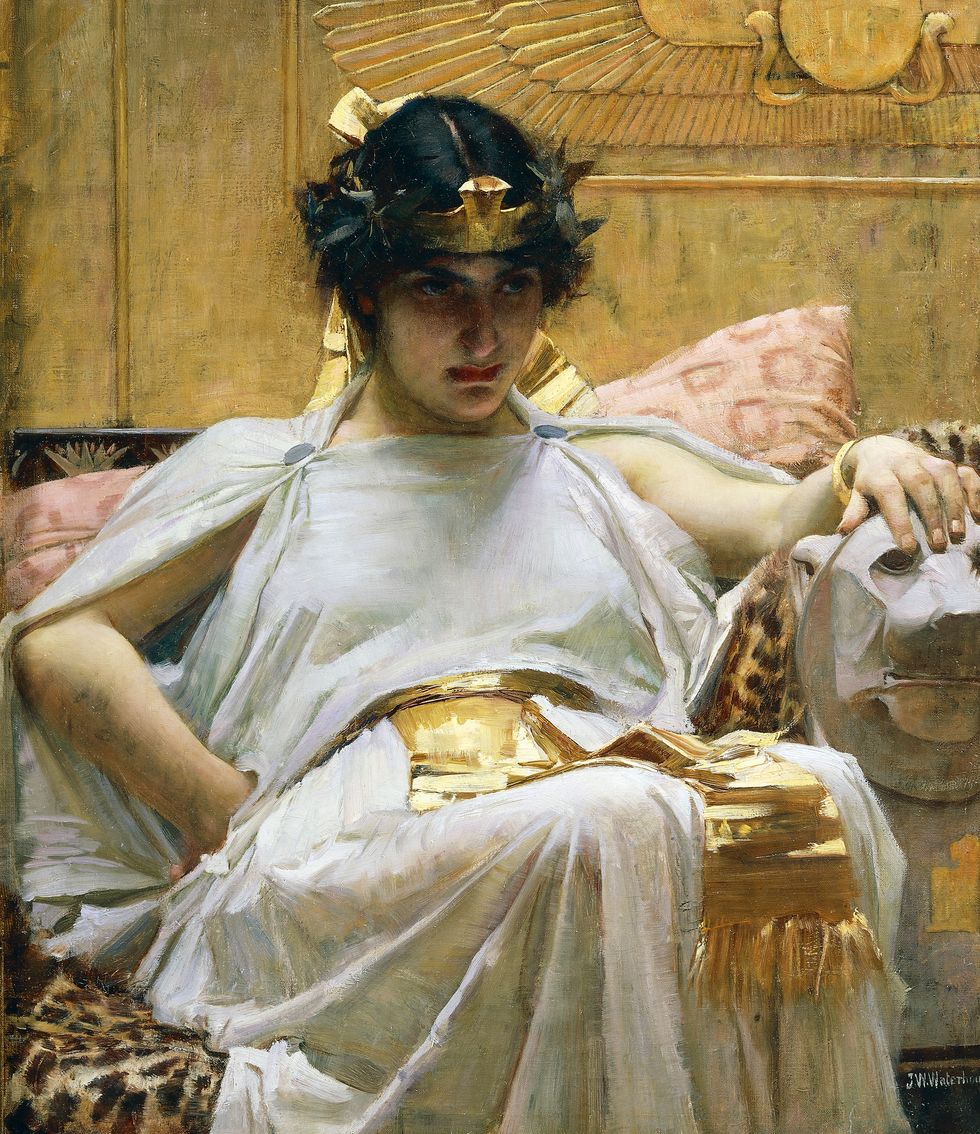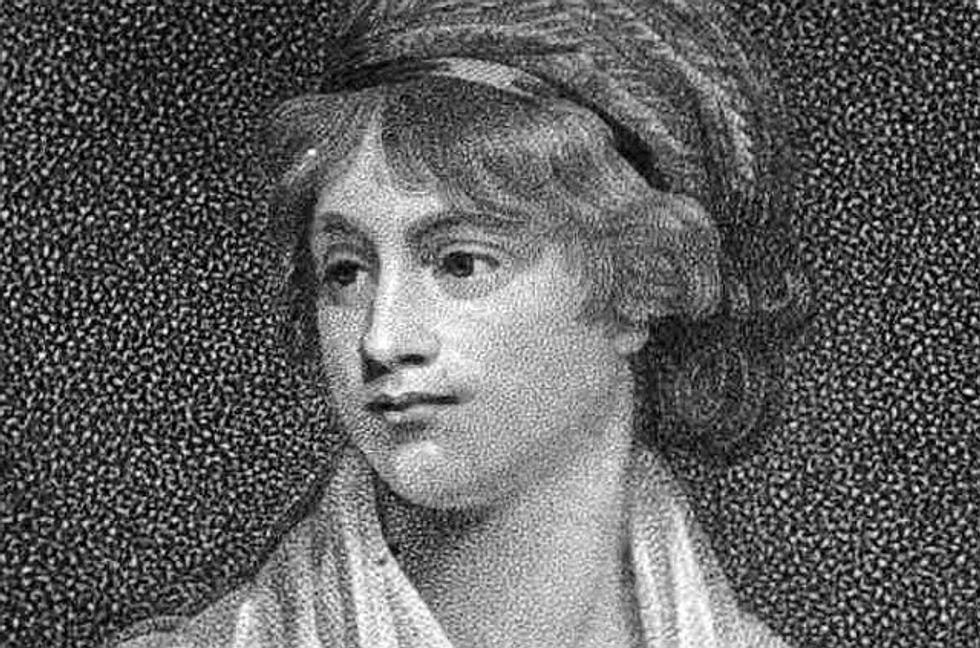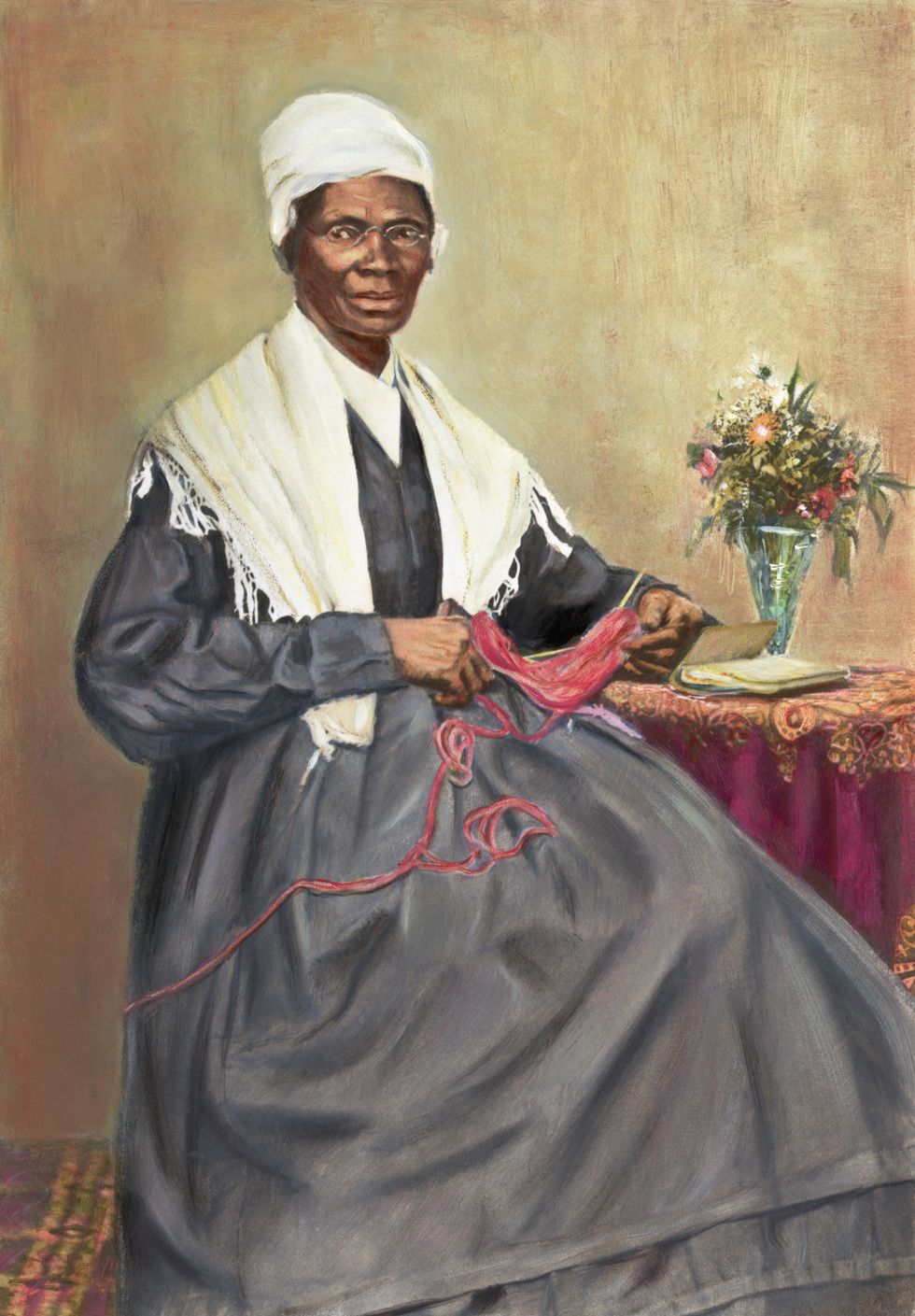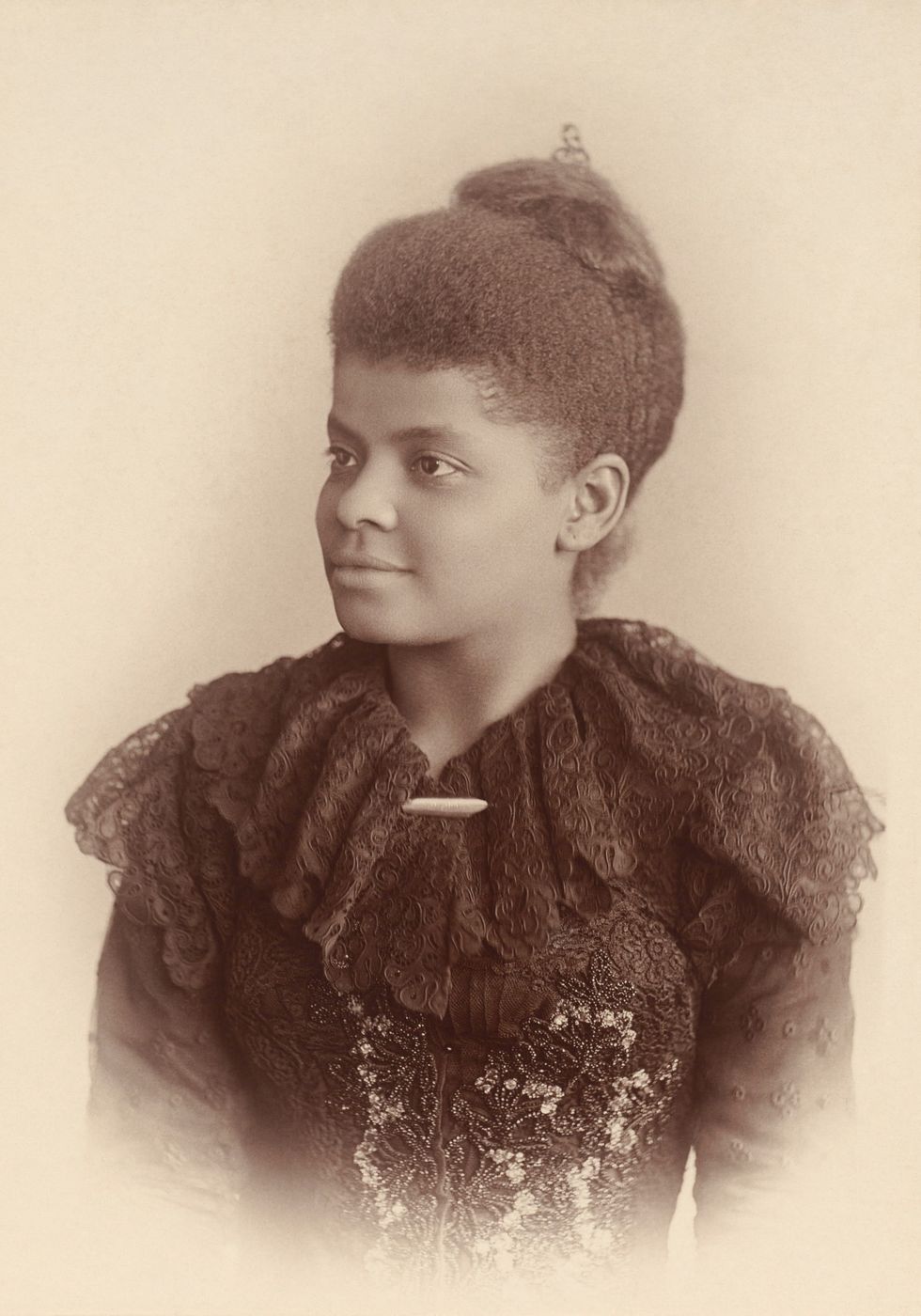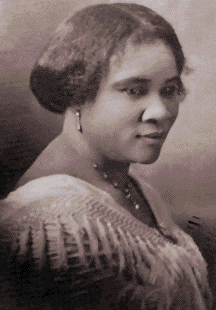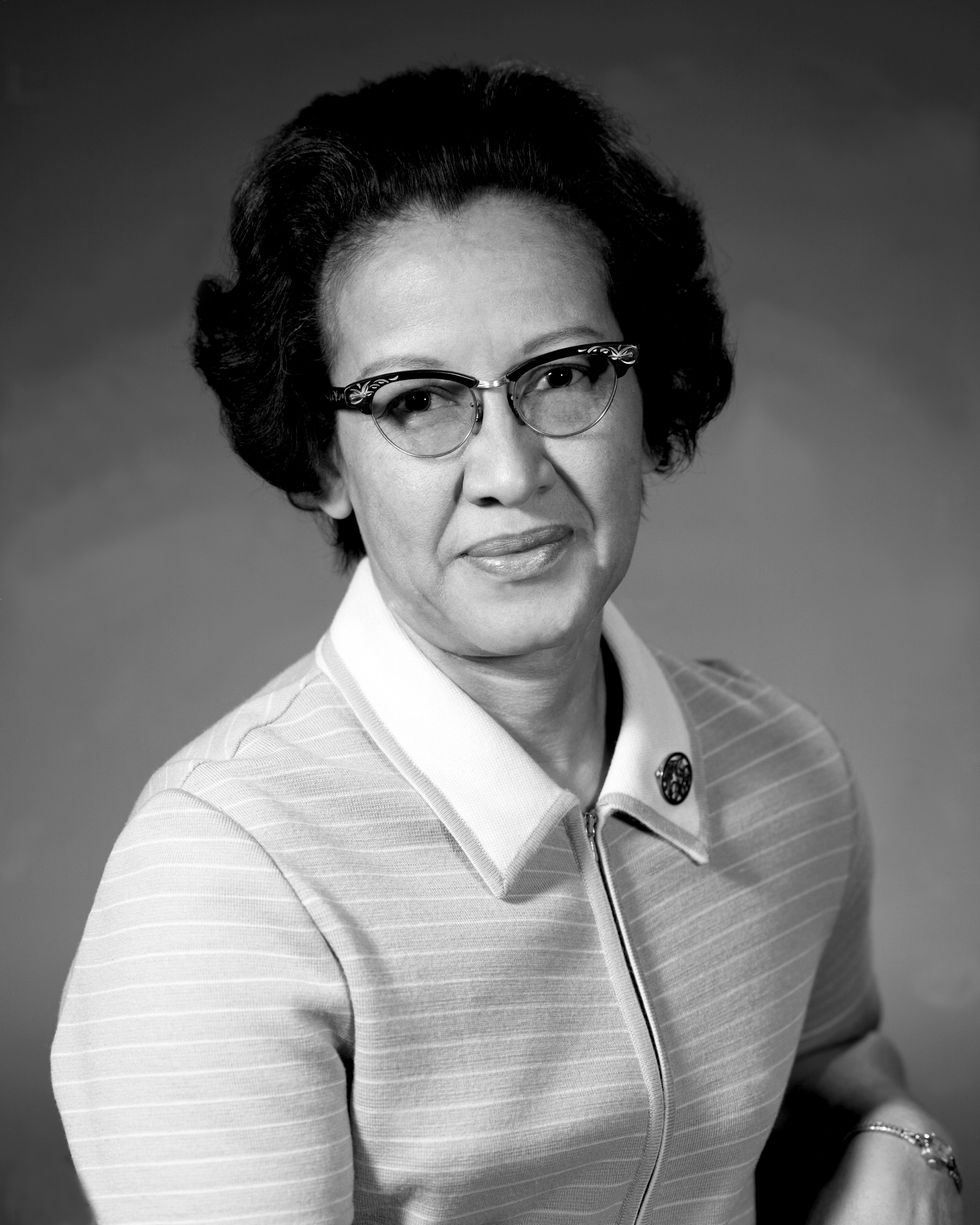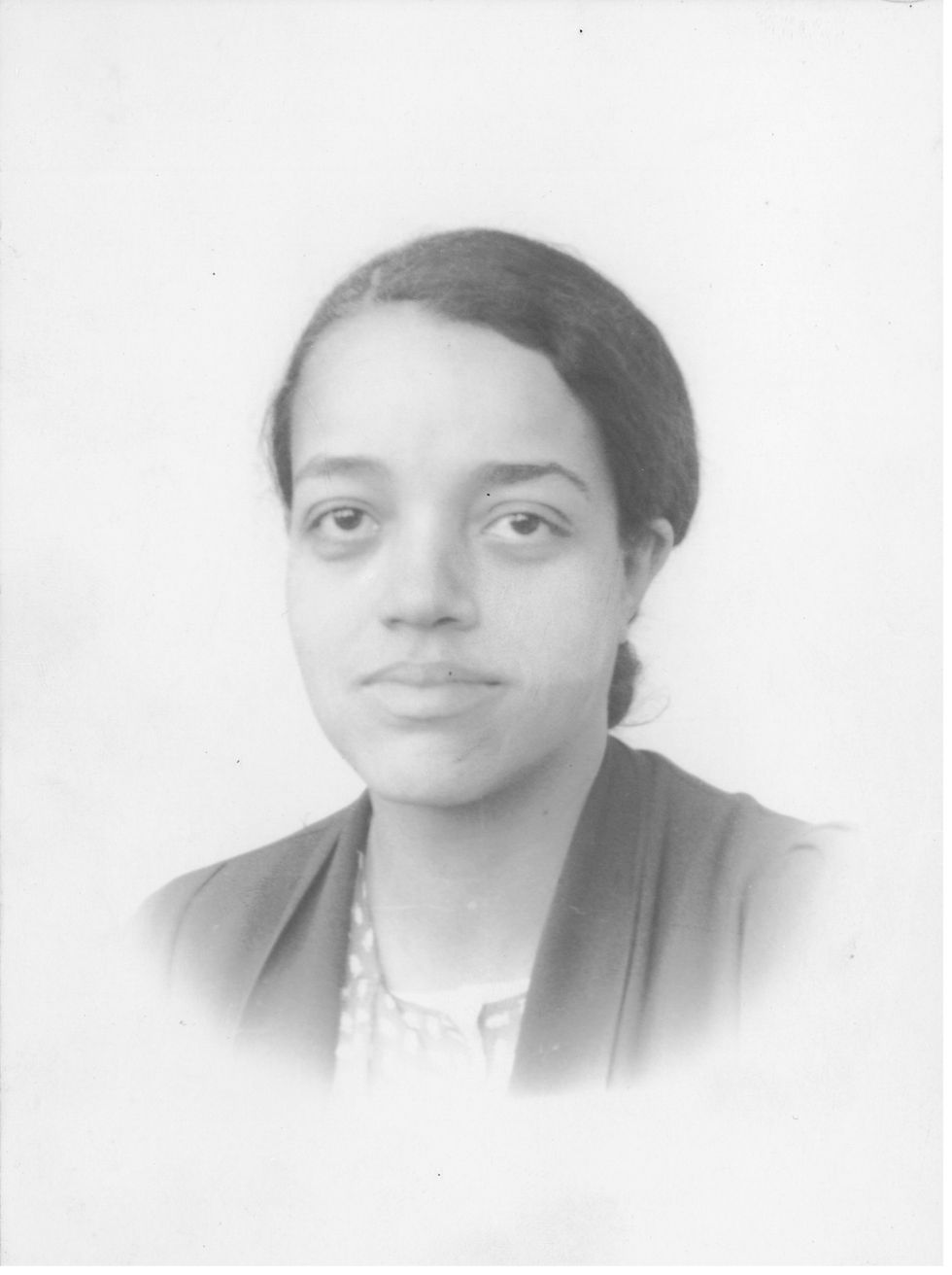History is full of great events and some of those events were made and contributed by phenomenal women. Women who fought in wars, women who were heroes, and women stood up for what they believed in are found in culture to culture. They made amazing discoveries, wrote novels, developed advanced theories, invented new technology, and so much more. Here is a list of 20 women that history may have forgotten:
1. Hua Mulan
We all know Mulan, the warrior princess from Disney's animated movies as well as the upcoming live adaptation. However, the real Hua Mulan's story is quite different. Originally a legendary warrior woman from the southern and northern dynasties of China, Mulan is described in a poem known as The Ballad of Mulan. Although, because it is a legend, it is unknown whether Mulan may have lived (she is believed to have lived during the Northern Wei dynasty) or not.
Tales of her heroic actions are told in ancient text. Over time, the story of Hua Mulan rose in popularity as a folk tale. In Chinese “Huā” means “flower” and “Mùlán” means magnolia, one of the symbols of Ancient China. The oldest known Ballad of Mulan consists of 31 couplets, composed of five-character phrases, and has been written with many variations. Regardless, the plot remains the same: Mulan was washing clothes when she heard that the army was recruiting new soldiers. To save her old and ailing father, Huan Hu, she decided to be recruited as his “son,” since she knew her father was too old and too ill to survive the war.
According to legend, Mulan was also said to have practiced martial arts (like kung-fu) and worked with weaponry, such as the sword. She fought for twelve years and gained high merit as well. However, Mulan refused said merit and instead asked for a horse to ride home. There are different variations of the myth, where Mulan either returns to live a simple life or discovers that her father had passed away, only to be haunted by her experiences on the battlefield. Because of the trauma, she decides to commit suicide--or so the myth's variation goes.
2. Cathay Williams
3. Queen Nanny
4. Carlota Lukumi
Carlota was a Cuban slave woman of Yoruba origin and one of the three leaders of slave rebellion in Cuba. Kidnapped from her Yoruba tribe and enslaved in Cuba, she led an organized rebellion at a sugar plantation. Once captured, she used talking drums to secretly communicate, allowing allies to free her. Afterward, she organized an uprising against brutal plantation operations and then went on to wage a well-organized armed uprising against at least five brutal slave plantation operations in the area.
5. Queen Nzinga
Queen Anna Nzinga (also known as Njinga Mbande) was a 17th-century queen of the Ndongo and Matamba Kingdoms of the Mbundu people in Angola. She was a ruler, described as setting her people free. She is best remembered for her resistance against the Portuguese and freeing her people from slavery. Nzinga fought against the Portuguese in a war that lasted three decades, and also offered sanctuary to runaway slaves and Portuguese-trained African soldiers who came to her kingdom.
6. Queen Mother Yaa Asantewaa
7. Boudicca
Sometimes spelled Boudica, Boadicea, or Boudicea, Boudicca was a queen of the British Celtic Iceni tribe who led an uprising against the occupying forces of the Roman Empire in AD 60 or 61. She died shortly after its failure.
After her husband died and his lands were taken by Rome, the Iceni lost their status and Boudicca was flogged while her daughters were raped. This led her to mount a revolt against Rome, where she left the cities of Camulodunum, Londinium, and Verulamium in ruins. She was defeated at the Battle of Watling Street and was said to have committed suicide before being taken as a hostage.
8. Woman Chief or Bíawacheeitchish
Bíawacheeitchish was a Native American Chief and warrior of the Crow people. Most likely known as Pine Leaf, she was interested in traditional male pursuits from an early age, and became one of the Crows' most significant leaders, joining the Council of Chiefs as the third-ranking member. She was renowned for her horse riding, marksmanship, and ability to field-dress a buffalo. She also reportedly took several female wives during her lifetime.
9. Lady Nijō
Most notable in Caryl Churchill's play Top Girls, Lady Nijō was a Japanese concubine of Emperor Go-Fukakusa and later a Buddhist nun. Her life has been recorded in the memoir Towazugatari or "An Unasked-For Tale," which details The Confessions of Lady Nijō. Like many women in Medieval Japan, Nijō met with unfortunate circumstances, converting to Buddhism and traveling to sacred and historical places.
10. Æthelflæd, Lady of the Mercians
The eldest daughter of King Alfred, the Great, Æthelflæd ruled Mercia in the English Midlands and was mainly responsible for the government. She was thought to have been a strong, independent, and well-educated lady. Married to Æthelred, they teamed up in taking back large swathes of Mercian territory from the Danes. Legend has it that Æthelflæd brought a great deal of military leadership and strategy, including the tactic of fortifying Mercian borders.
11. Gwenllian ferch Gruffydd
Known as the warrior princess of Deheubarth in Wales and married to Gruffydd ap Rhys, Prince of Deheubarth. Gwenllian's "patriotic revolt" and subsequent death in the battle at Kidwelly Castle contributed to the Great Revolt of 1136. She is often depicted fighting side by side with her husband, with a sword in hand or riding a chariot much like Boudicca.
12. Jeanne Hachette
The French heroine nicknamed "Joan the Hatchet" for literally carrying a hatchet, Jenne Hachette prevented the capture of Beauvais by the troops of Charles, Duke of Burgundy. When the Burgundians made their assault, Jeanne, with her axe in hand, flung herself upon him, hurled him into the moat, tore down the flag, and revived the courage of the garrison.
13. Cleopatra
Cleopatra ruled ancient Egypt as co-regent for almost three decades, becoming the last in a dynasty of Macedonian rulers who served as general under Alexander the Great. Reputed to be well-educated and clever, Cleopatra spoke various languages and served as the dominant ruler in all three of her co-regencies. Her romantic liaisons and alliances with Roman leaders Julius Caesar and Mark Antony (as well as her supposed exotic beauty and powers of seduction) earned her an enduring place in history and popular myth.
14. Mary Wollstonecraft
Mother of Romantic and Gothic writer Mary Shelley, Mary Wollstonecraft was an English writer, philosopher, and advocate of women's rights. She worked as a translator and literary advisor to Joseph Johnson, a publisher of radical texts. She is best know for her work A Vindication of the Rights of Women, advocating equality of the sexes. She ridiculed prevailing notions about women as helpless, charming adornments in the household. She also advocated for education holding the key to achieving the self-respect that would enable women to put their abilities to good use.
15. Sojourner Truth
An African-American abolitionist and women's rights activist, Sojourner Truth helped recruit black troops for the Union Army during the Civil War. She is best known for her speech on racial inequalities "Ain't I a Woman?" at the Ohio Women's Rights Convention. She also had the courage to go to court to challenge the legality of youths being sold into slavery and join forces with abolitionist Fredrick Douglas and William Lloyd Garrison.
16. Ida B. Wells
The African-American journalist, newspaper editor, suffragist, sociologist, feminist and early leader in the Women's suffrage movement, Ida B. Wells fought against lynching in the United States of 1890's. Using the printing press to her advantage, she published an editorial that supposedly went too far, challenging the legitimacy of lynching in the South. She led a series of anti-lynching campaigns, identifying lynching as a crime, pushing the Government and social reformers to take action. She became an owner of the Memphis Free Speech, and Headlight, and later, the Free Speech.
17. Madam CJ Walker
An African American entrepreneur, philanthropist, and political and social activist, Madam CJ Walker created specialized hair products for African-American hair. She was also one of the first American women to become a self-made millionaire at a time when women couldn't vote and African Americans were legally discriminated against.
18. Katherine Johnson
Physicist and mathematician who made contributions to the United States' aeronautics and space programs with the early application of digital electronic computers at NASA, Katherine Johnson spent four years analyzing data from flight test and worked on the investigation of a plane crash caused by wake turbulence. She also provided some of the math for the 1958 document Notes on Space Technology, a compendium of 1958 lectures given by engineers in the Flight Research Division and the Pilotless Aircraft Research Division (PARD).
19. Dorothy Vaughan
African American mathematician and human computer who worked for the National Advisory Committee for Aeronautics and NASA at Langley Research Center in Hampton, Virginia, Vaughan was assigned to the segregated "West Area Computing" unit. This unit was an all-black group of female mathematicians who were originally required to use separate dining and bathroom facilities. Over time, the West Computers distinguished themselves with contributions to virtually every area of research at Langley.

